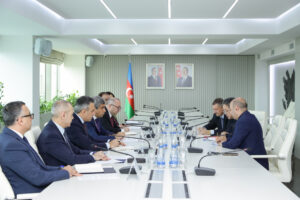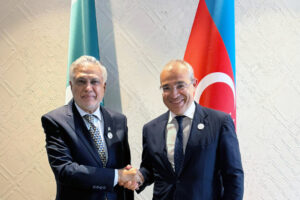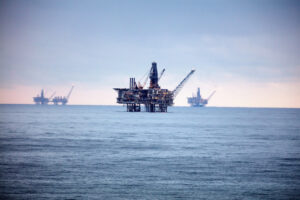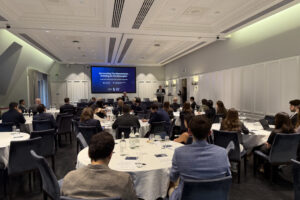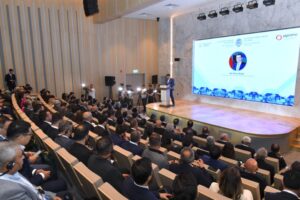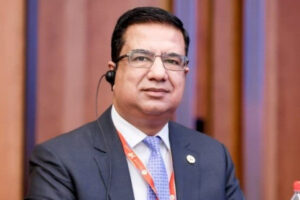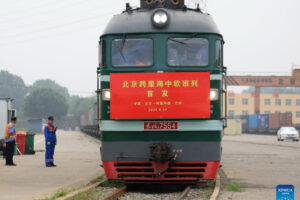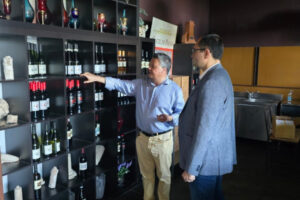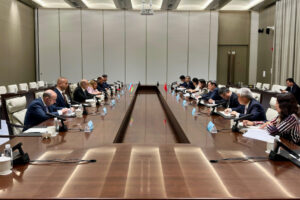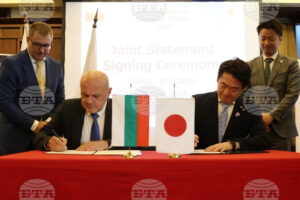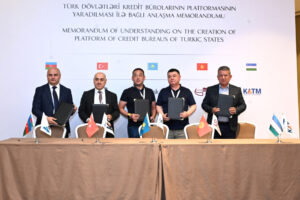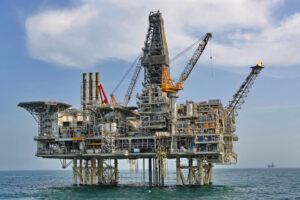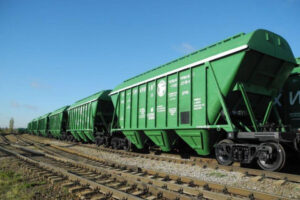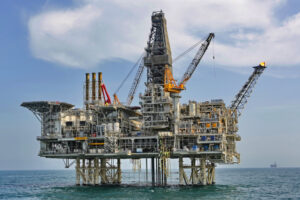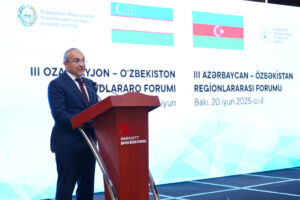Tokyo, 29 August, /AJMEDIA/
The small factories in the western Japanese city of Higashiosaka for decades fueled the thundering rise of the country’s biggest brands – but a weak yen and rising costs have accelerated a slow decline, and are reshaping the industrial heartland.
Home to about 6,000 firms, 87% of which have fewer than 20 employees, the city is emblematic of how such forces are pushing Japan’s small manufacturers toward a tipping point.
The workshops in Higashiosaka create metal components for everything from train seats to ballpoint pens, and have long relied on powerhouses such as Sharp, Panasonic, and Sanyo for orders.
Now Sanyo is gone, acquired by Panasonic. Work in general has dried up in recent years in the face of competition with South Korea and China; when Taiwan’s Foxconn acquired Sharp in 2016, it moved much of the company’s manufacturing out of Japan.
The amalgam of issues that Higashiosaka faces – an aging population, offshoring, and a sagging currency – mirrors the problems that have been chewing at the foundation of the world’s third-largest economy and its global exports, which hit 83.1 trillion yen ($610.54 billion) last year.
One factory in the city, aircraft component manufacturer Aoki, is pivoting to the food industry after being hit hard by the pandemic. Another, air drill parts maker Katsui Kogyo, raised prices for the first time since it started business in 1967. Lampshade company Seiko SCM scaled back its production and is seeking to revive Higashiosaka’s manufacturing industry by converting part of its headquarters to shared working space.
“It’s like being the frog being slowly boiled alive,” said Hiroko Kusaba, CEO of Seiko SCM. “We all believed that the big brands would always protect us, but that’s just not the case anymore.”




